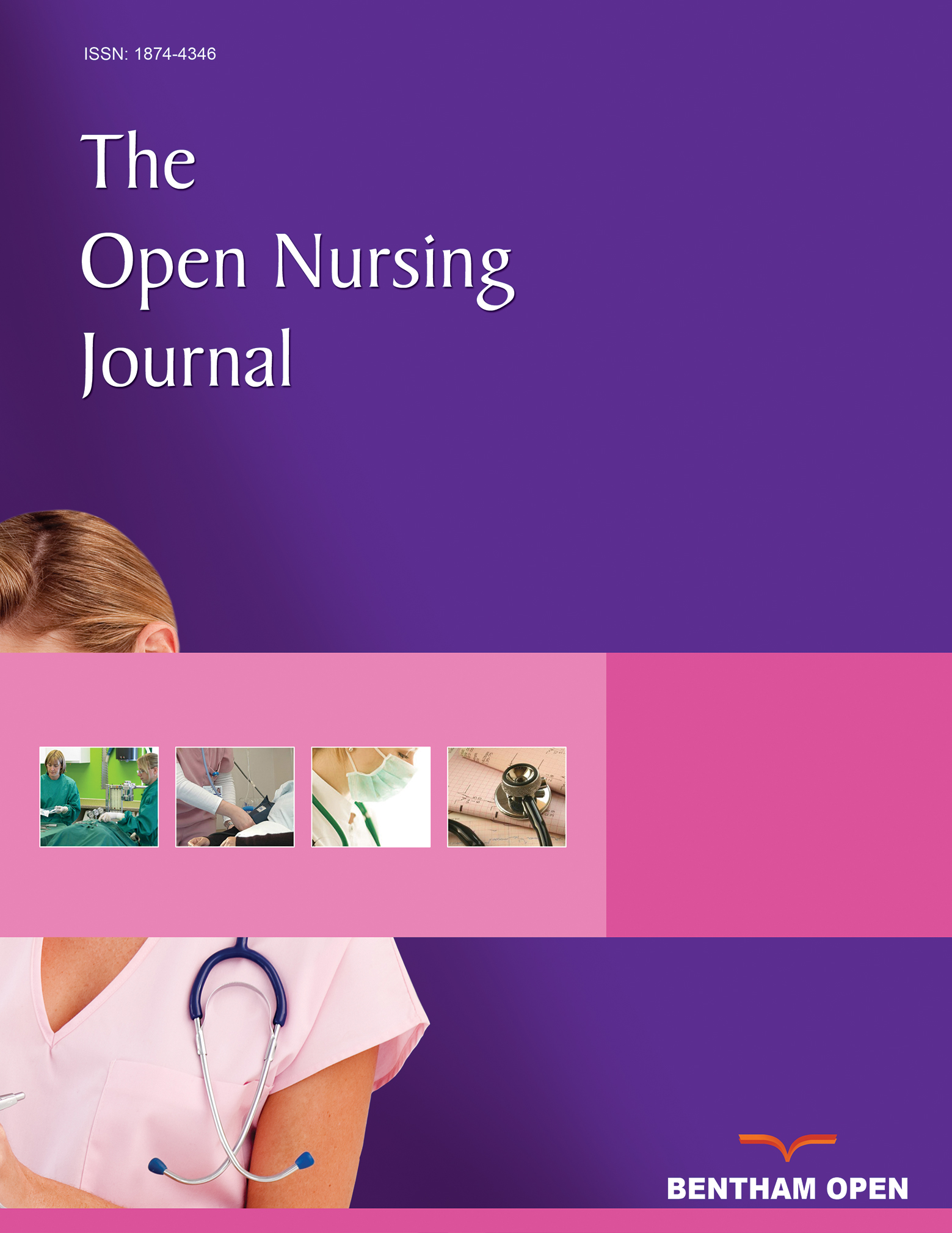Measuring Nurses' Uncertainty in Clinical Decision-making: An Integrative Review
Abstract
Background:
There are complexities and controversies regarding the concept of uncertainty in clinical decision-making, making this concept difficult to use.
Objective:
This study aimed to review the definitions and instruments related to uncertainty in clinical decision-making to help researchers select better tools when examining uncertainty in nursing practice.
Methods:
To retrieve the related studies, we searched seven electronic databases, including IranMedex, Scientific Information Database (SID), MagIran, PubMed, Science Direct, Google Scholar, and ProQuest. The COSMIN Consensus-based Standards for the Selection of Health Measurement Instruments (consensus-based standards for the selection of health measurement instruments) was used to determine better tools, and the PRISMA checklist was followed.
Results:
In most of the reviewed studies, the main characteristics of uncertainty were ambiguity, lack of confidence and control, complexity, being on the horns of a dilemma, unpredictability, and unexpectedness. Concerning the measurement tools, despite their acceptable validity, they were mostly measuring uncertainty tolerance.
Conclusion:
According to the results of the reviewed studies, the available tools were not specifically dedicated to measuring the uncertainty of nurses in clinical decision-making. A suitable tool can be helpful in measuring nurses' awareness about their degree of uncertainty in decision-making and nursing managers' awareness about nurses' uncertainty, thereby helping in planning to reduce the complications caused by nurses' uncertainty in clinical decision-making. Hence, it is necessary to develop suitable tools.


